Kiss Number Two Thousand Twenty-Three
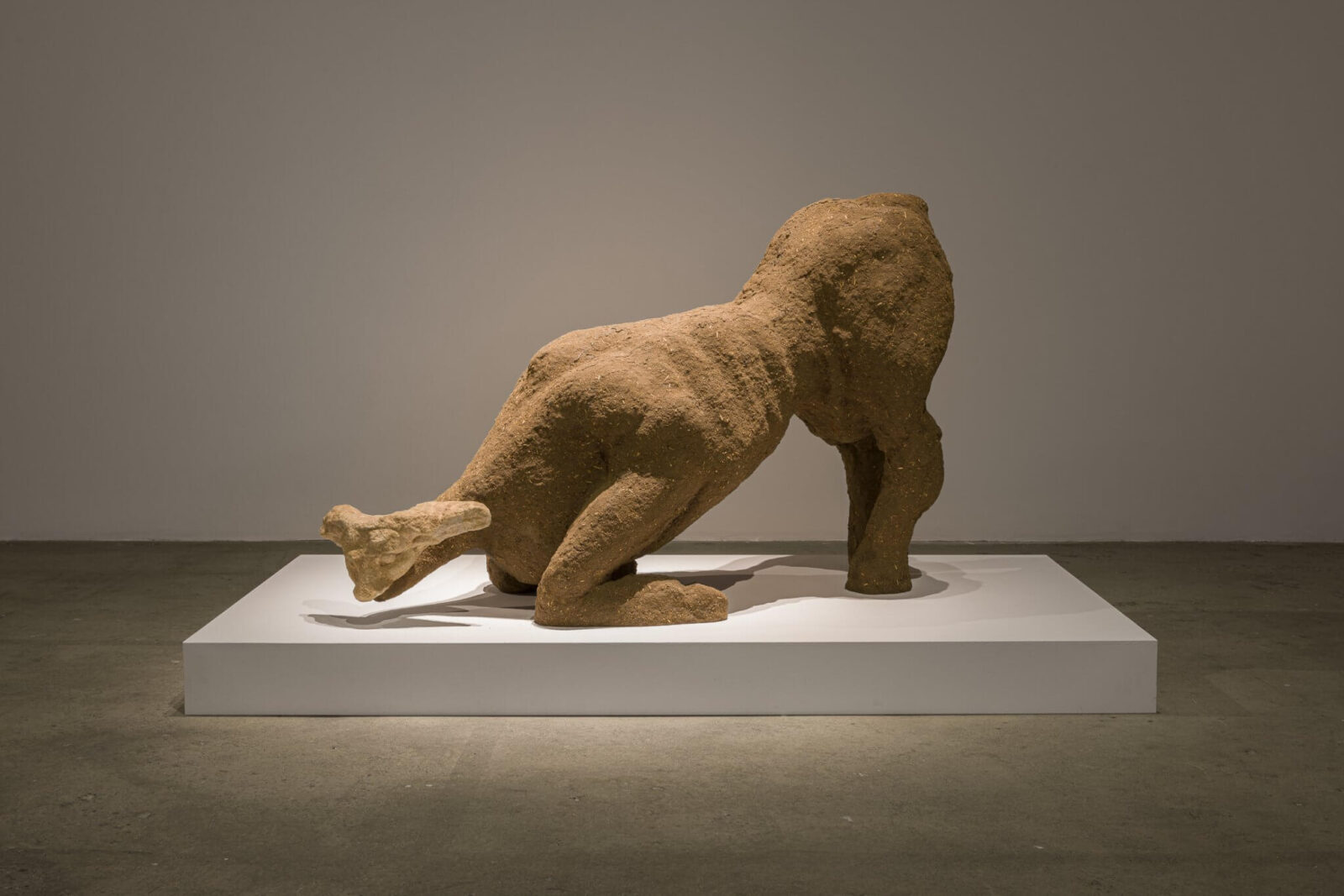
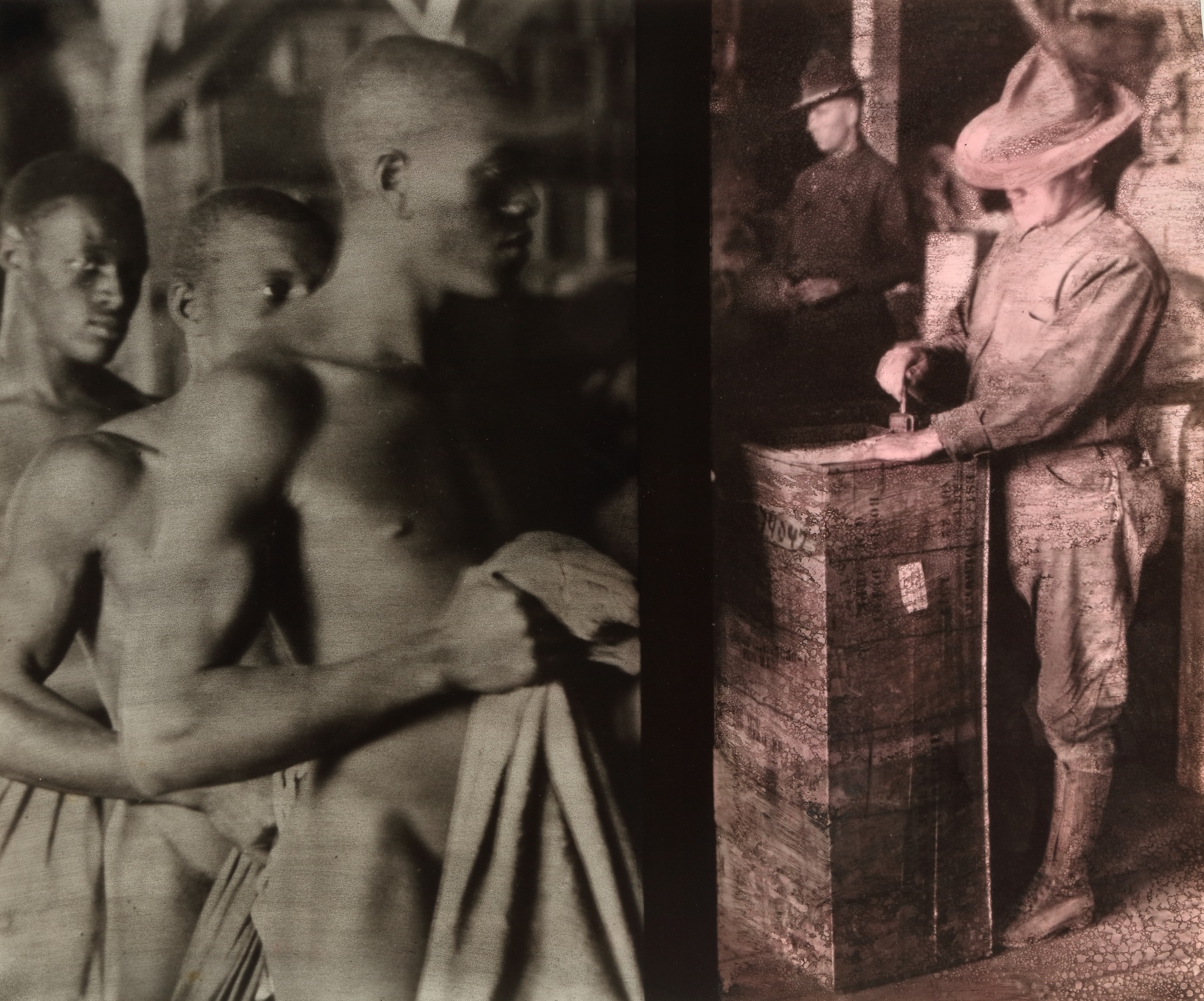
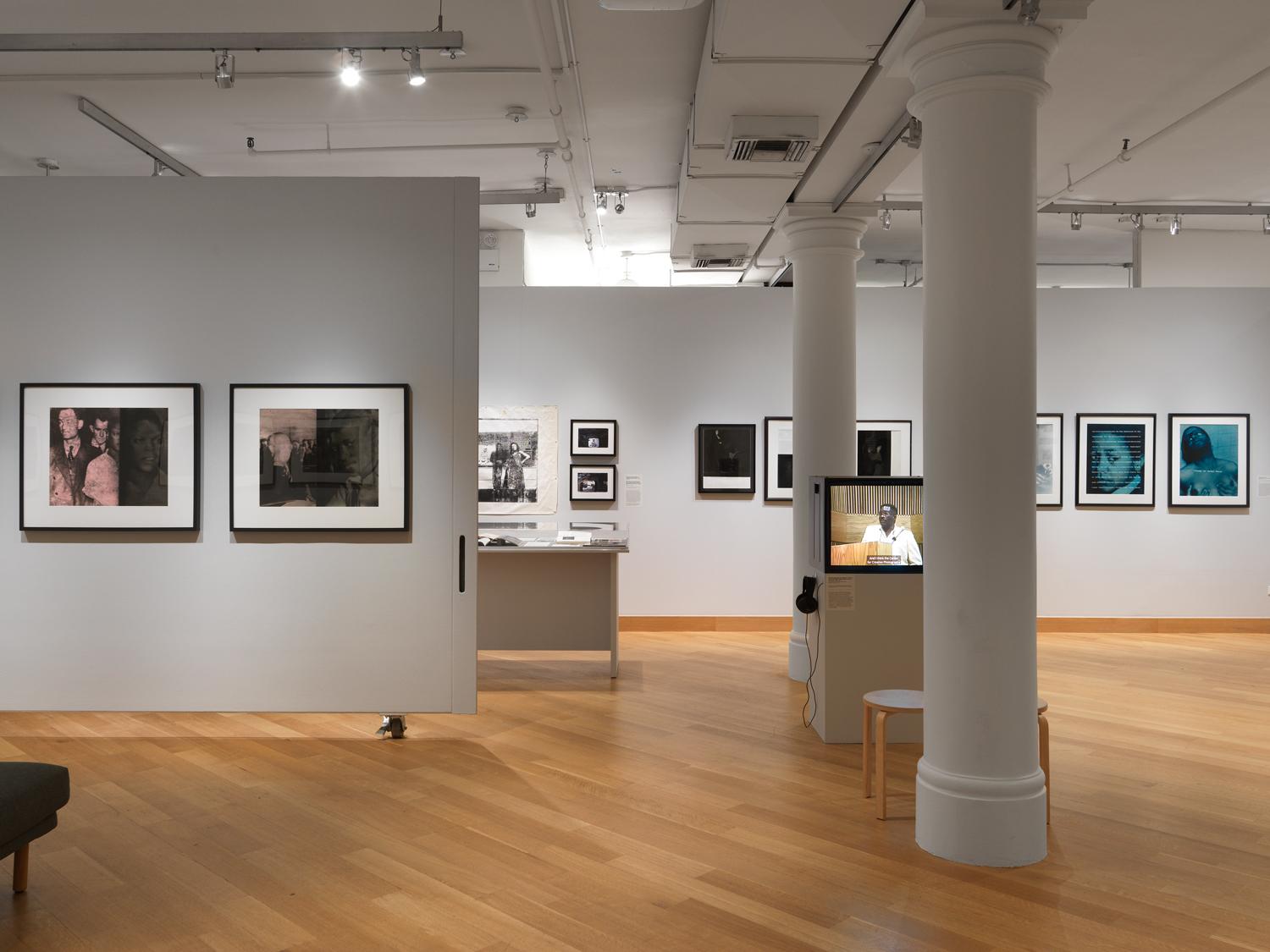
Christian Walker: The Profane and the Poignant at Leslie Lohman Museum of Art
As the year comes to a close, our favorite well-intentioned institutions have managed to put up surprisingly good shows. The brilliant curatorial vision of Noam Parness and Jackson Davidow brought to us the retrospective of under-recognized artist Christian Walker. Walker’s photography is a touching, brave, and extremely original passage in the history of American art. The sensibility and innovation in his work are infused by his humble, generous personality which we can witness in a recording of an artist talk he gave, streaming on a screen close to the entrance to the space. By rubbing raw pigment onto the prints, and then in some cases vigorously scratching it and leaving prominent fingerprints, Walker brought his photographs to a painterly sphere, rich in texture and dimensionality. His depiction of Atlanta and Boston reveal a willingness to be proximate to the most vulnerable in his community, namely the mentally disabled and those who contracted the HIV virus by way of drug use. Gay sex appears as seductive and gentle in Walker’s world, often leaving room for anonymity as a form of freedom. Together with Peter Hujar and David Wojnarowicz, Walker is revealed as an artist of the HIV epidemic era we should treasure, keep learning from, and enjoy.
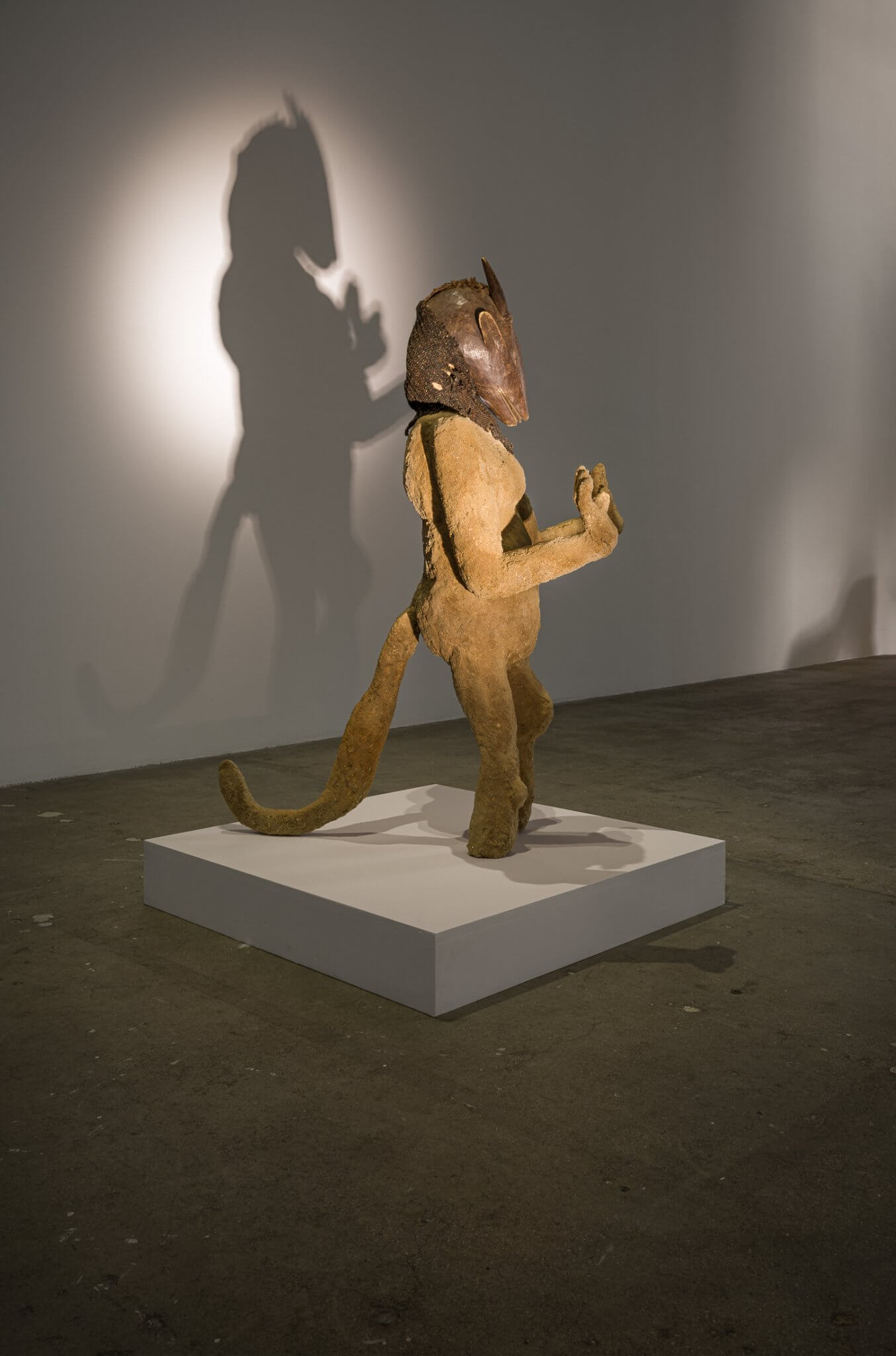

Ali Cherri: Humble and Quiet and Soothing as Mud at the Swiss Institute
This is the best show we have seen at the Swiss Institute in years. Lebanese artist Ali Cherri managed to bring voices from the deep past, unbothered by the petty hustle of the present. The sculptures on the ground floor create a delicate narrative in their theatrical presence. Using lighting and clever installation choices, Cherri treats the space as an active part of the experience, as much as the large, highly compelling sculptures. The bodies in the room have a kind air to them. Soft lines frame figures in a size that is close to human scale, built from earth in warm colors. The masks on the heads of the sculptures store folds of time in them, revealing the way Cherri came to have them: by buying them in auctions. It is nice to see original artifacts used by an artist who does not try to hide the reality of trade in objects that often have been looted from native people earlier in our civilization. Upstairs a three-channel film installation, Of Men and Gods and Mud runs in loop. They say that there are three things humans would keep looking at for hours: fire, stars, and laboring men. This film has them all, yet its richness comes from the complex weaving of the Myth of Gilgamesh with a contemporary depiction of men working manually in a brickyard, as two different stories of mud and its everlasting symbolic and material significance. The short duration of 12 min makes it delightful to watch even more than once.
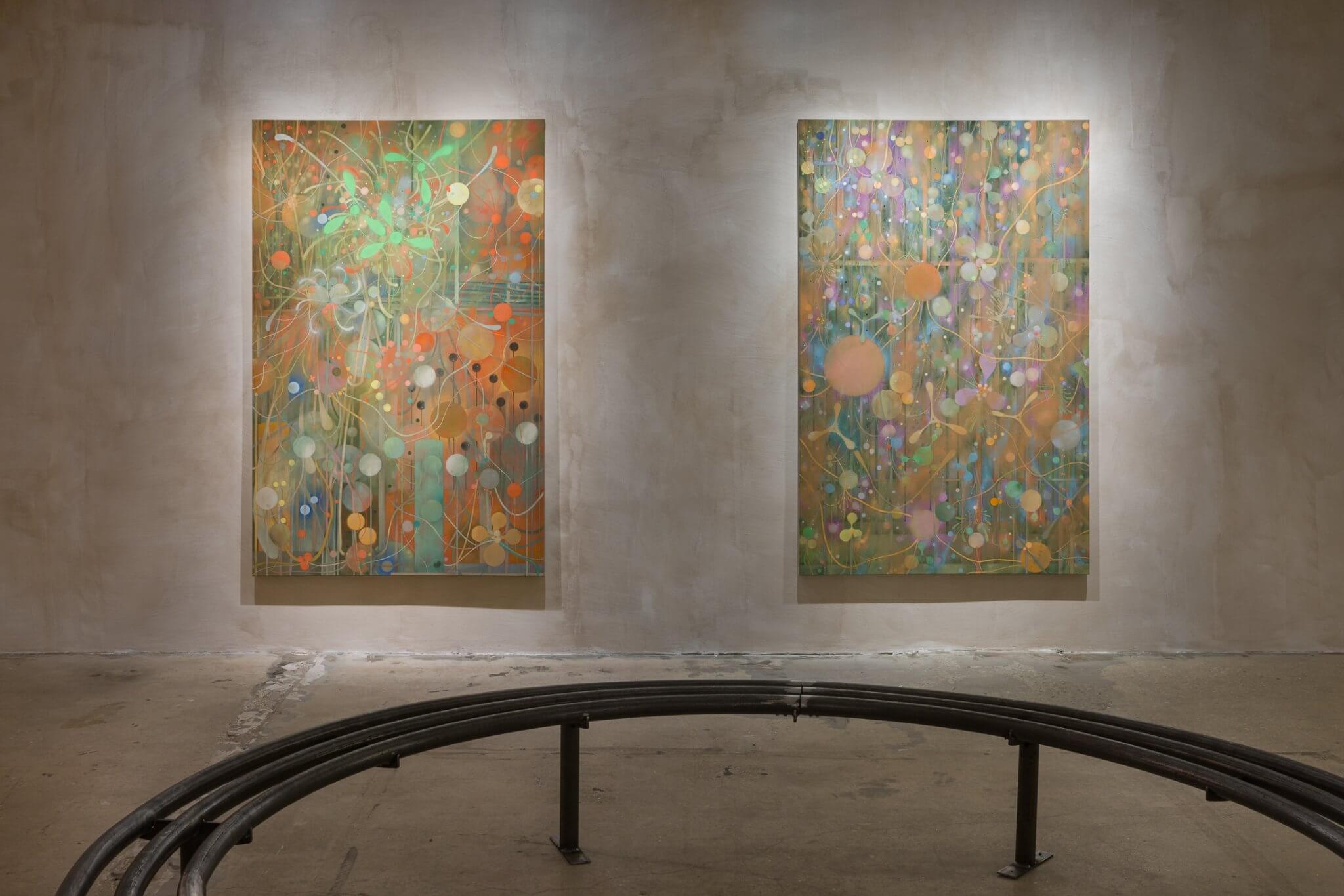
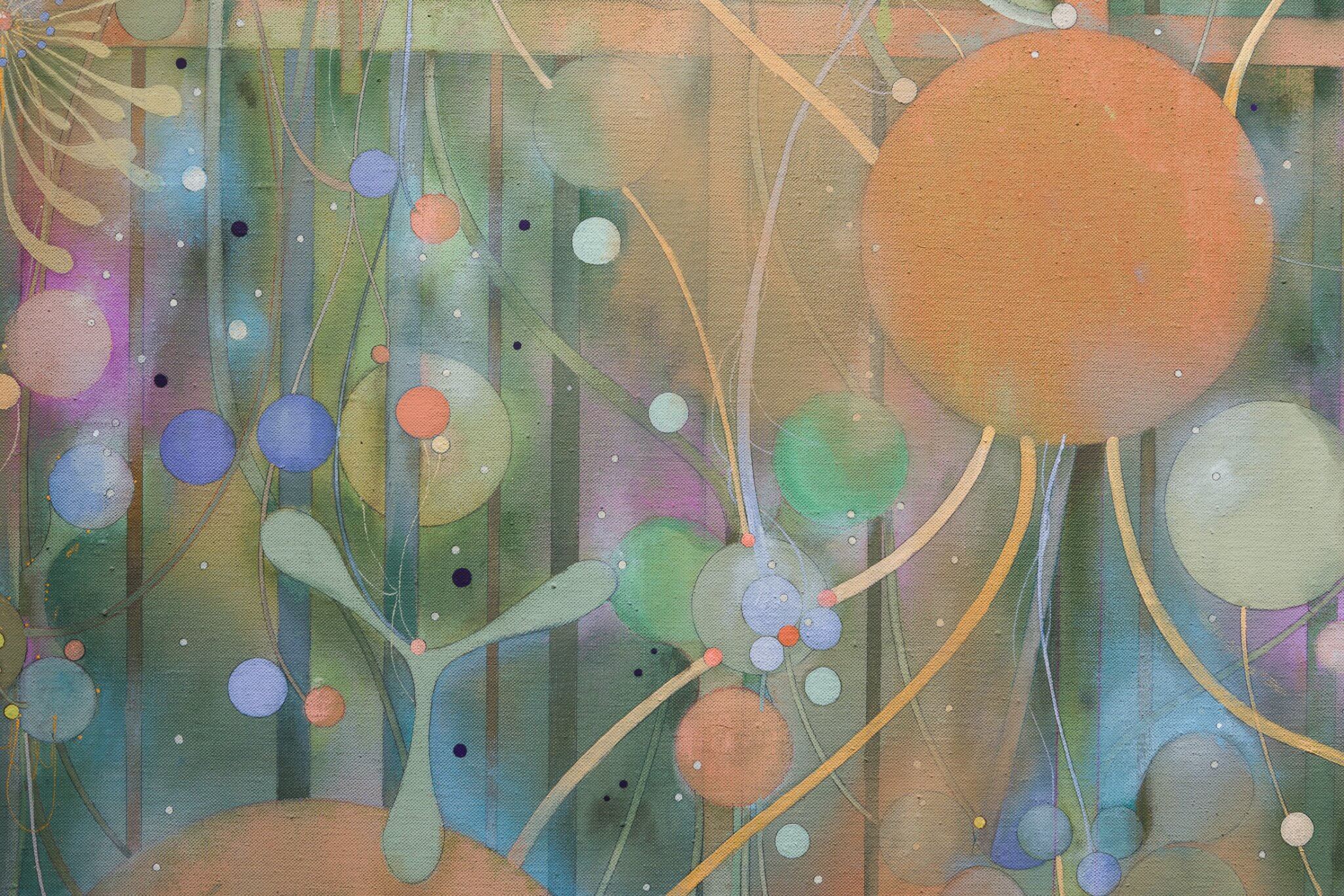
Guillaume Dénervaud: Ozoned Station at the Swiss Institute
The Swiss Institute has a literal Achilles Heel; the shows featured in their basement level are pretty much always a miss. Guillaume Dénervaud’s paintings are very nice to look at, the shapes are pretty and the pastel colors are soothing. But compared to Ali Cherri’s show upstairs, they create little to no intellectual stimulus. The treatment of the walls does not help, nor does the custom-made bench. It is hard to say where the issue is. Are the curators neglectful of this space? Do they want a noticeable gap in the gravitas of the two shows? In any case, the pairings harm one of the shows more often than not. At the same time, Dénervaud’s work is difficult to connect with. These are times of terror and humanitarian catastrophe. The quiet needed for spending time with these representations of plants and glowing balls and systems of well-balanced shapes is almost impossible to find.
In closing, it has been a pleasure to share both critique and praise in this column published since February 14, 2023. Thanks for reading and sharing. I am proud to close out Cultbytes’ ninth year and wish you all a good start to 2024!
You Might Also Like
Azza El Siddique’s Poetic Fragments of Egyptian and Nubian Culture

